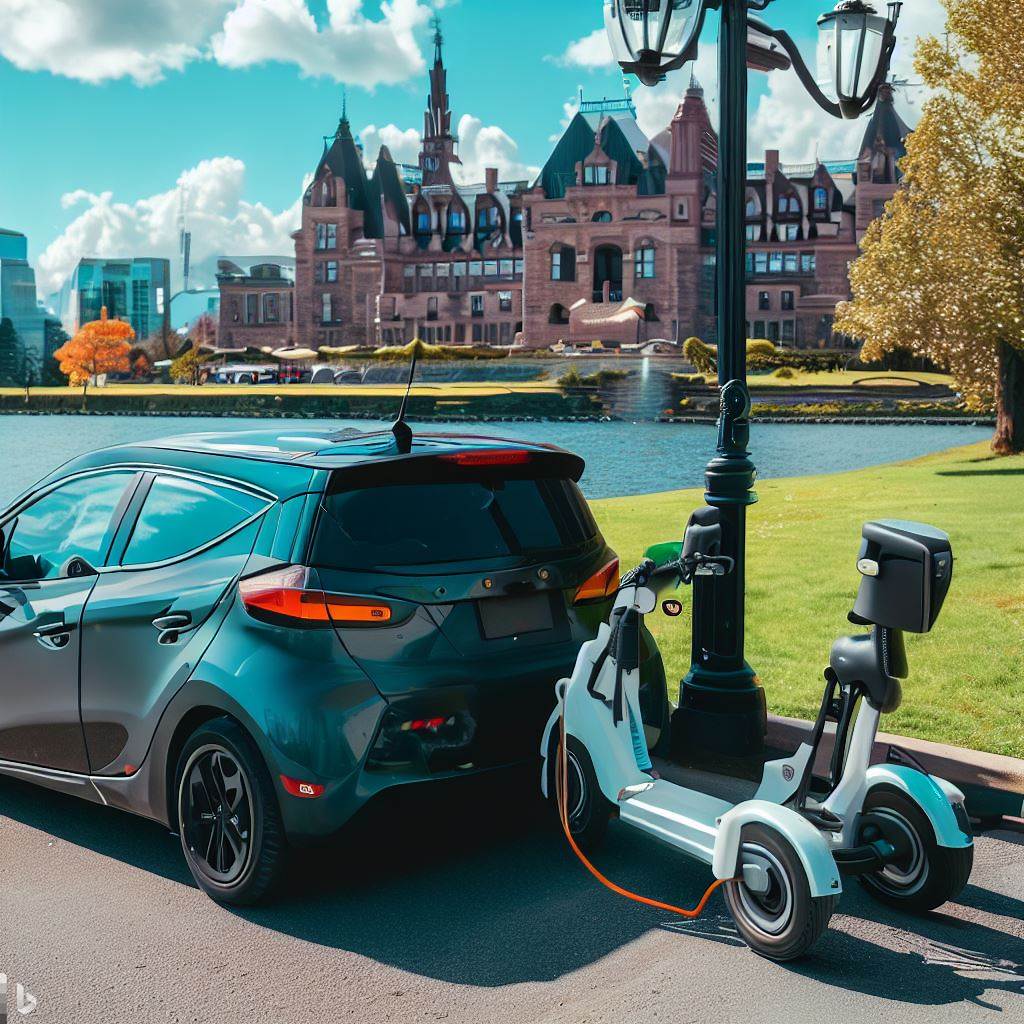In recent years, a new and exciting trend has emerged in urban transportation called IoT micromobility. This innovative concept combines small electric vehicles, like e-scooters and e-bikes, with smart technology. By using the Internet of Things (IoT), these vehicles can collect and share real-time data, offering numerous benefits such as convenience, reduced pollution, and improved efficiency. In this blog post, we will explore how IoT micromobility is changing urban transportation for the better and shaping the cities of tomorrow.
What is IoT Micromobility? IoT micromobility is all about using smart technology to connect small electric vehicles. These vehicles are equipped with sensors, GPS trackers, and connectivity features that allow them to gather data and send it to a central system. This data includes things like the vehicle’s location, battery life, and usage patterns. By collecting and analyzing this information, micromobility service providers can manage their fleets better, offer a better experience to users, and make smarter decisions to improve their operations.
Advantages of IoT Micromobility:
- Environmentally Friendly: IoT micromobility helps protect the environment by reducing air pollution. These vehicles produce zero emissions, making them a sustainable alternative to traditional modes of transportation.
- Efficient and Affordable: Micromobility solutions offer a convenient and cost-effective way to get around crowded cities. Instead of taking a car for short trips, people can use e-scooters or e-bikes, saving time and avoiding traffic congestion.
- Easy and Convenient: With IoT integration, users can easily find and unlock available vehicles using mobile apps. They can see real-time information about nearby vehicles, plan their routes, and quickly book a ride. This seamless experience makes micromobility accessible and encourages more people to use it.
- Valuable Data Insights: The data collected by IoT micromobility vehicles provides valuable insights to service providers and city planners. By analyzing this data, they can identify popular routes, busy times, and areas that need infrastructure improvements. This helps in making better decisions and improving urban mobility systems.
- Reduced Dependence on Private Cars: As micromobility options become more popular, fewer people will need to own a private car. This shift can free up parking spaces, reduce traffic congestion, and make better use of urban space.
Challenges and Future Outlook: While IoT micromobility has many advantages, there are some challenges to overcome. Safety concerns, regulations, and ensuring equal access to services are important factors that need attention. Additionally, integrating micromobility solutions with existing transportation infrastructure is crucial for creating a seamless and efficient urban mobility system.
Looking ahead, we can expect exciting developments in IoT micromobility. This includes features like autonomous capabilities, better battery technology, and smart charging infrastructure. These advancements will further enhance the usability and potential of micromobility vehicles.
Conclusion: IoT micromobility is transforming urban transportation by offering sustainable, efficient, and convenient mobility options. By using smart technology, small electric vehicles are changing the way we move around cities, reducing pollution, and improving transportation efficiency. To fully embrace this trend, it is essential for policymakers, city planners, and service providers to work together, addressing challenges, and creating a future where IoT micromobility plays a central role in building smart and sustainable cities.











